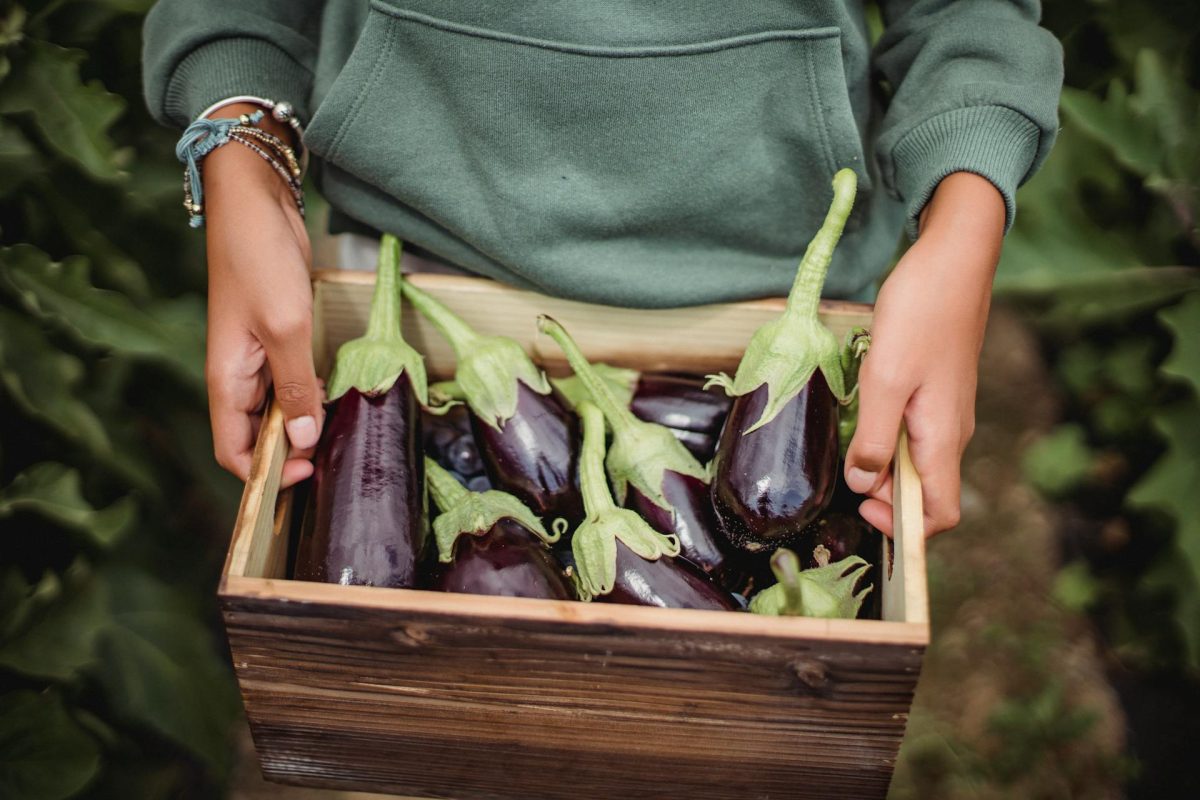YETRAC
Growing Aubergines at the Allotment: A Detailed Guide
Growing Aubergines at the Allotment: A Detailed Guide
Aubergines, also known as eggplants, are part of the Nightshade family and are technically a fruit, though they are commonly used as a vegetable in cooking. Growing aubergines can be a rewarding experience, especially with the right techniques and growing conditions.
When to Sow Aubergines
Aubergines can be sown between January and April, similar to tomatoes and chillies. However, they require warmth and sunlight to thrive. To ensure successful germination and growth, sow the seeds in a propagator or a heated greenhouse. If you are in a cooler location, it may be wise to wait until late March or April before sowing to give the seeds a better chance of success.
Where and How to Grow Aubergines
Aubergines thrive in warm, sunny locations but generally perform best inside a greenhouse or large containers where the conditions can be controlled. If growing outside, it’s important to acclimatise them gradually to outdoor conditions. You can also use cloches or other forms of shelter to protect the plants from cooler weather.
- Sowing the Seeds: Plant the seeds in trays and keep them in conditions of around 18-21°C. Once seedlings appear, ensure they have access to bright sunlight to encourage healthy growth.
- Watering: Water with lukewarm water, keeping the soil consistently moist but not waterlogged.
Supporting Aubergine Plants
As aubergine fruits grow, the plants can become top-heavy, so it’s essential to provide support. Use canes or sticks to prop up the plants and prevent them from toppling over.
- Acclimatising Outdoor Plants: If growing outdoors, choose a sunny and unsheltered spot. Be sure to gradually introduce the plants to outdoor conditions to avoid shocking them.
How to Care for Aubergine Plants
Proper care is key to growing healthy aubergine plants. When the plant reaches about 30 cm in height, pinch out the growing tip to encourage bushier growth, which will result in more fruit production.
- Watering and Humidity: Regular watering is important, especially as the plants start flowering. Misting the plants will help maintain humidity levels and can also deter common pests.
- Pest Control: Keep an eye out for pests and diseases, ensuring the plants remain healthy throughout their growing period.
When and How to Harvest Aubergines
Aubergines are typically ready to harvest from August onwards. Check the fruits regularly, and pick them as they ripen.
- Harvesting Tip: To determine if the aubergine is ready, look for a glossy skin and a slight give when gently pressed.
Storing Aubergines
Aubergines have a high water content, so they don’t freeze well when raw. Before freezing, it is best to blanch or cook the aubergines to preserve their texture and flavor.
Growing Aubergines: A Summary
Sowing Aubergines
- Sow early in the year, preferably in a propagator or under glass
- Maintain temperatures of 18-21°C
- Ensure bright sunlight once seedlings appear
Growing Aubergines
- Provide cane support to help plants bear the weight of the fruits
- Mist plants to increase humidity and water regularly
- Preferably grow in a greenhouse for the best results
Harvesting Aubergines
- Harvest from August onwards
- Pick individual fruits as they ripen
- Cook or blanch before freezing due to high water content
With the right care and attention, growing aubergines can be a rewarding and fruitful experience, perfect for adding a unique flavor to your garden and your cooking!

